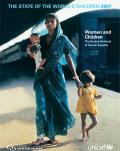Publications on Children
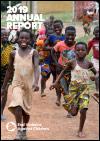
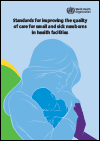
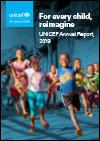
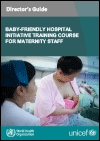
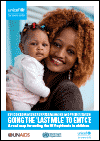
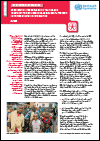
This policy brief highlights key elements of the 2020 WHO consolidated HIV strategic information guidelines pertinent to HIV testing and treatment for children. It is designed to support country strategic information teams to choose, collect and systematically analyse the strategic information needed to strengthen programme management and monitoring of testing and treatment for children and adolescents.
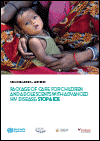
The major causes of morbidity and mortality among children living with HIV in low- and middle-income countries are pneumonia (including Pneumocystis pneumonia), tuberculosis (TB), bloodstream infections, diarrhoeal disease and severe acute malnutrition. In addition, for adolescents living with HIV, adult-type opportunistic infections also occur, including cryptococcal meningitis. WHO published guidelines on the management of advanced HIV disease in 2017, promoting a package of interventions to prevent, identify and treat HIV-associated infections among people with advanced HIV disease.






